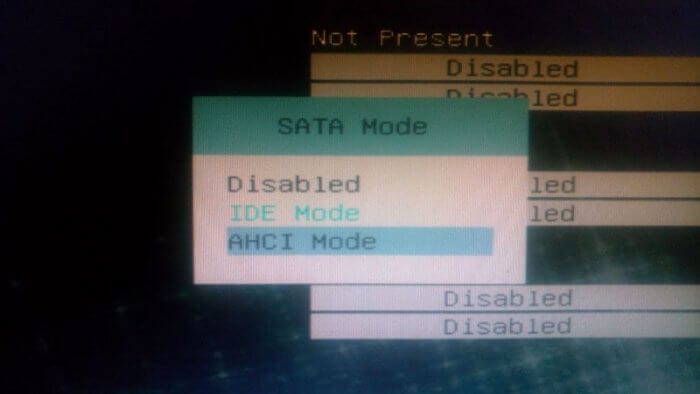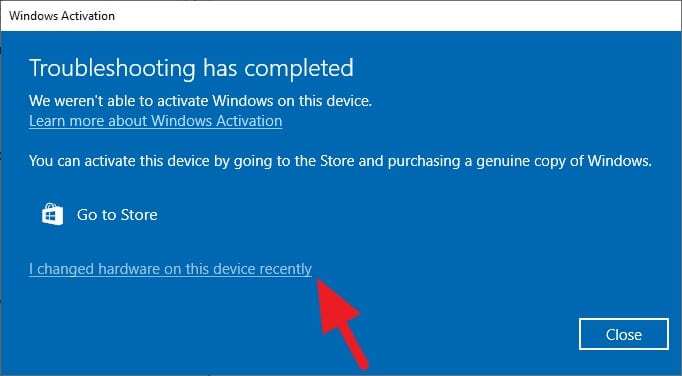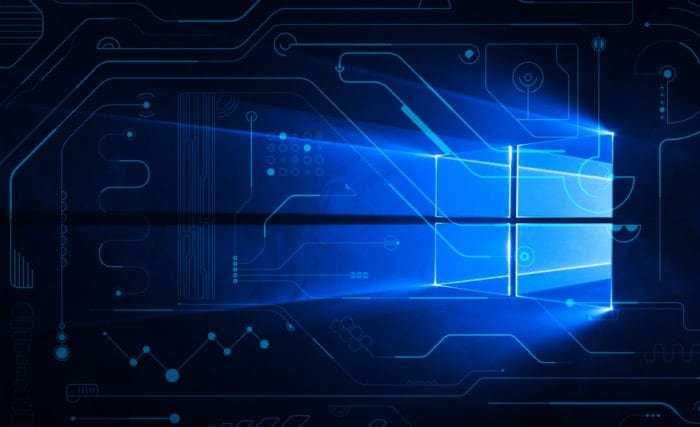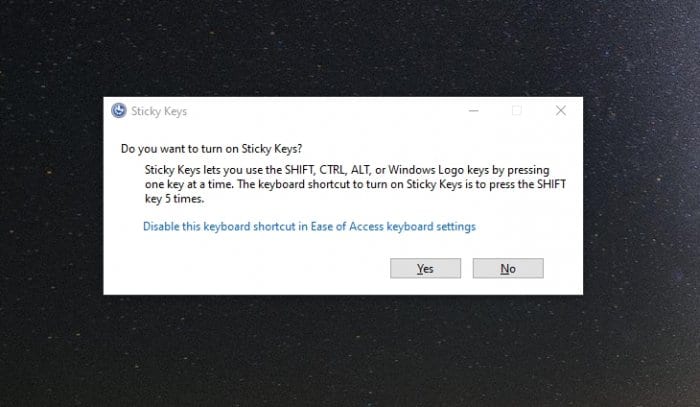After you upgraded from HDD to a much faster SSD, it’s time to tweak the boot mode as well. On most motherboards, there is AHCI mode which essentially designed for modern operating systems and can only be enabled if the OS is installed on an SSD.
Your computer motherboard is probably still using IDE mode, but moving to AHCI is definitely a good practice. In a nutshell, AHCI mode could accelerate the booting speed and unlocks more features for an SSD.
On Windows, you can’t just go to BIOS/UEFI and switch to AHCI directly — Windows won’t be able to load and you may encounter a blue screen error.
Instead, here’s I will show you how to properly switch from IDE to AHCI on SSD without reinstalling Windows. After that, you may saw a slight improvement in the speed of your storage system.
1. Go to Start Menu and type cmd.

2. Right-click on Command Prompt and Run as administrator.
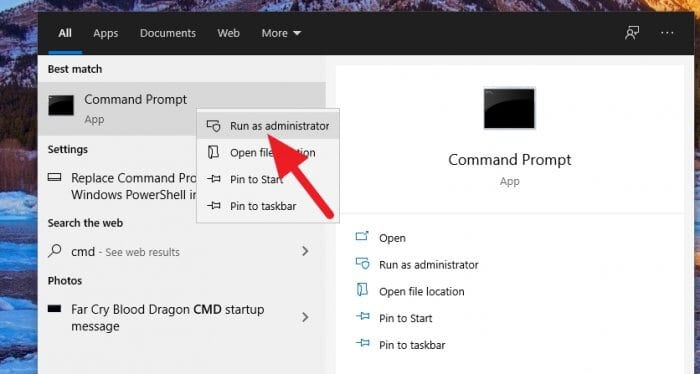
3. Copy and paste this code and then press Enter.
bcdedit /set {current} safeboot minimal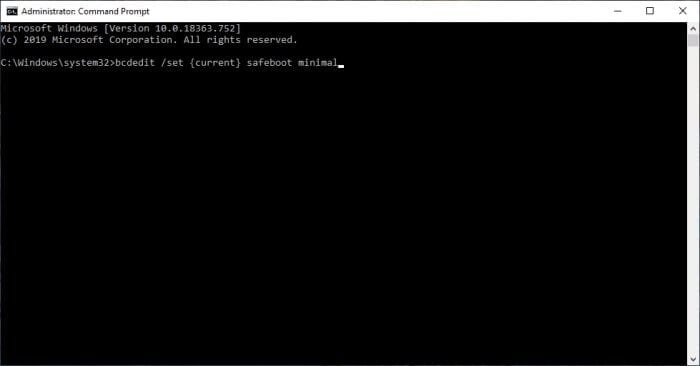
4. Restart your computer and enter BIOS.
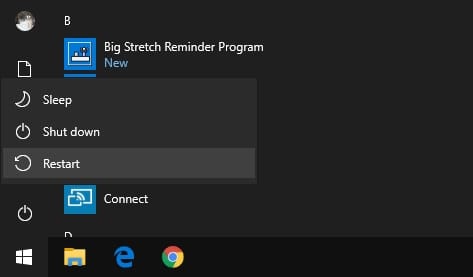
5. Find the Advanced menu where you can switch from IDE or RAID to AHCI. Please note that each computer might have a different BIOS interface so you may need to do some work to find it.
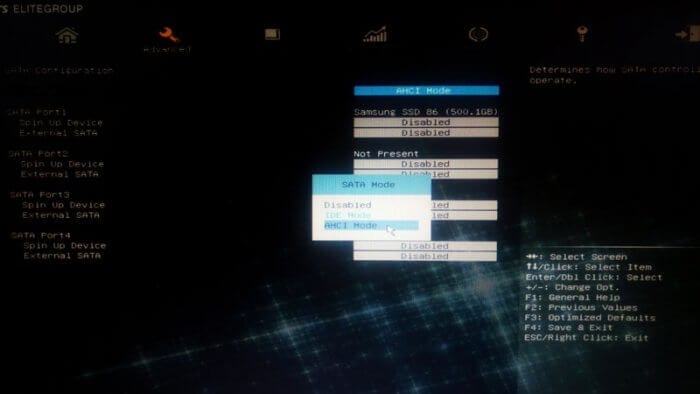
6. Save changes and Windows will automatically boot to Safe Mode.
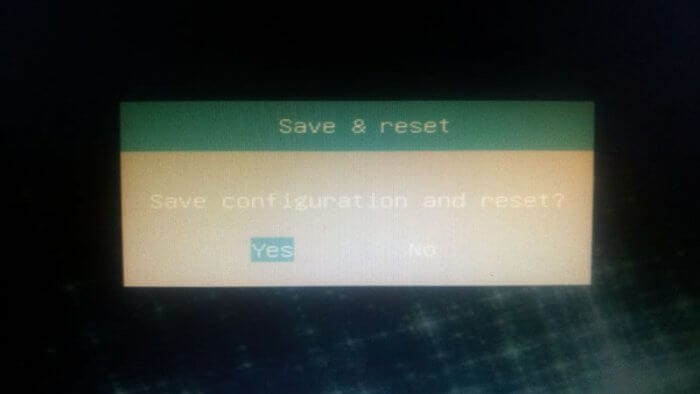
7. Find Command Prompt, right-click on it and select Run as administrator.
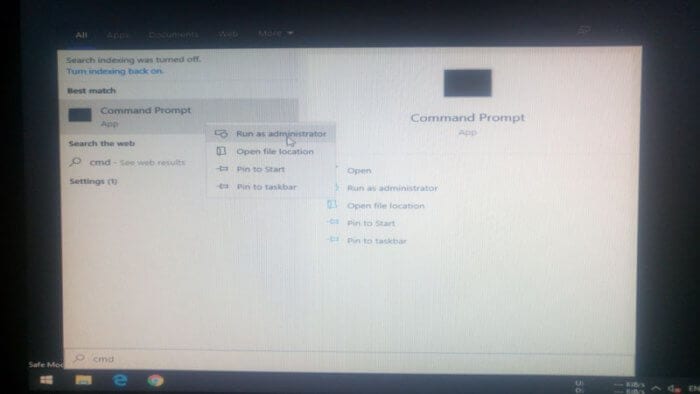
8. Copy and paste this command and press Enter.
bcdedit /deletevalue {current} safeboot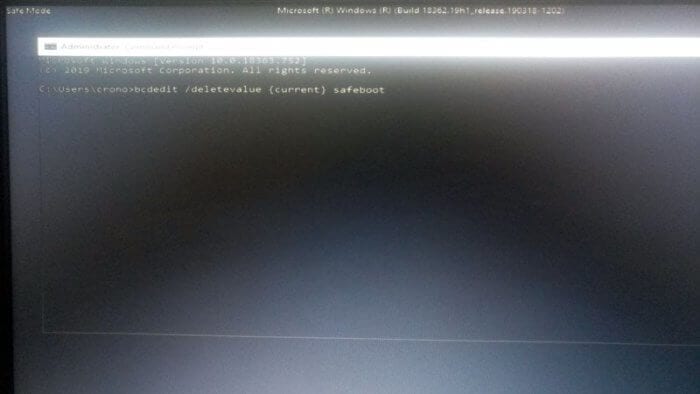
9. Restart the computer.
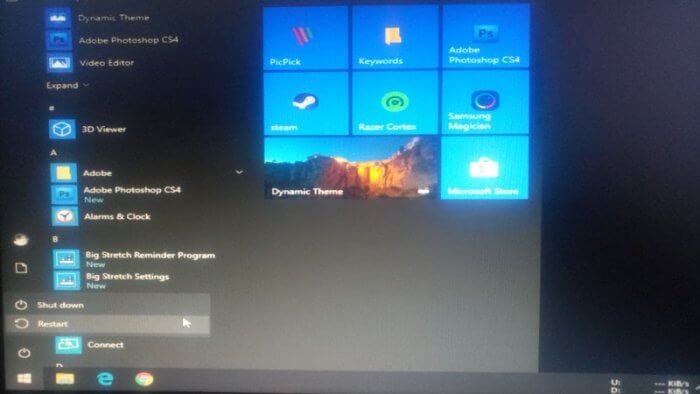
10. Now the Windows runs on AHCI mode.
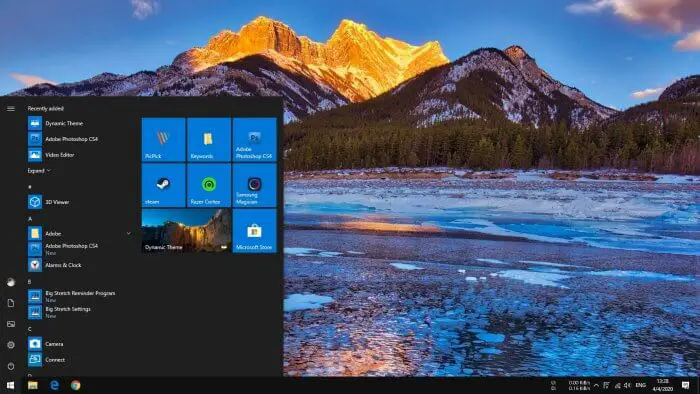
You may check on benchmark software to see the improvement. For me, I saw a little improvement in the sequential speed. It’s not much, but a small improvement is still an improvement.

Other than that, there are not many differences between IDE and AHCI. Your favorite programs would also run normally and the boot time may be slightly faster.
Want to improve SSD’s speed and longevity? Check out how to enable over provisioning on all Samsung SSDs.
Table of Contents
FAQ
What are the benefits of switching to AHCI mode?
AHCI mode unlocks advanced features like NCQ and TRIM for SSDs, improving their performance and lifespan. It also supports hot-swapping for SATA drives.
Will switching to AHCI cause data loss?
No, switching modes won’t delete your data if done correctly. However, always back up your files before making system changes.
What happens if I switch to AHCI without following these steps?
If you directly change the mode in BIOS without preparation, Windows may fail to boot and display a blue screen error (INACCESSIBLE_BOOT_DEVICE).
Can I revert back to IDE mode?
Yes, you can follow a similar process in reverse. However, reverting is rarely necessary unless compatibility issues arise with older hardware or software.
For further optimization of your SSD’s performance, consider enabling features like over-provisioning or updating your SSD’s firmware. If you’re using a Samsung SSD, you can explore tools like Samsung Magician for advanced settings management.

